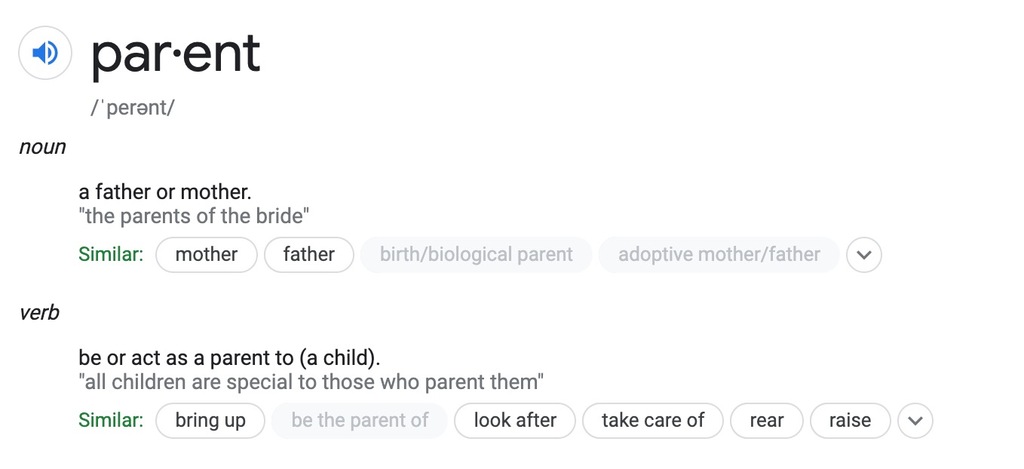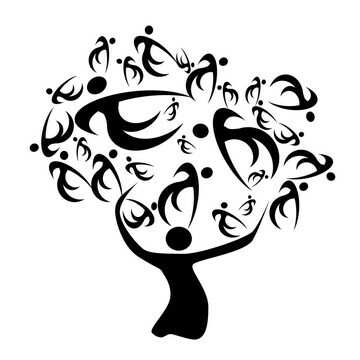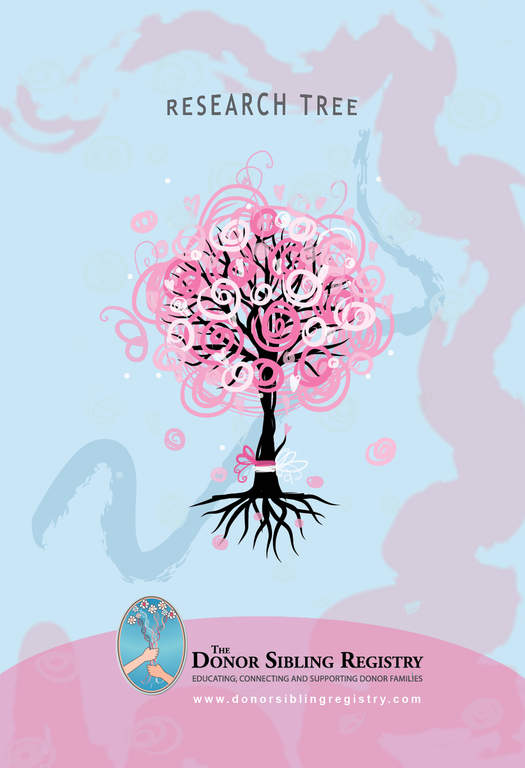Guest Blog: by Former Egg Donor Marilyn Drake

Parent is a noun: biological mother or father, which is what a donor literally is.
Parent is also a verb: the act of caring for a child, taking responsibility, raising them.
One doesn’t change or undermine the other.
There is no need to feel threatened by the truth. If your child is donor-conceived, it is your child’s life and truth. Show pride in accepting it, because they learn from you, and you want them to grow up happy and self-accepting. If you fear or feel threatened by that part of your child, they are more likely to grow to resent you for not accepting the other half of who they are, or feel angry at themselves and the part of them they feel they need to deny.
I won’t claim that either of us is perfect or that the relationship is. However, I think that [my egg donor recipient] and I have that perfect relationship regarding the children we have together. I am their noun, she is their verb. She accepts that they needed me to have children, and I accept that I helped them have children. I don’t feel threatened by her raising them, nor does she feel threatened by my presence in their creation, or in their lives. We support each other, care about each other, and have love for each other. Together, we created amazing children, who have taken on the great traits inherited from their father (both noun and verb) and I (noun), along with all of her wonderful parenting (verb) to make these children their best, and they are thriving in school and life.
Being the biological parent doesn’t mean that her children belong to me. They are not possessions to own. If any parent thinks they own their children or they belong to them, just wait until they grow up — you’ll realize you don’t. It means they turn to me to get answers about the half of them they got from me, like being able to roll their tongues. Yes, they seriously asked me if they got that from me, as their mom and dad can’t.
What it does mean is that I think about, care about, and love them. They are pieces of myself that I was blessed to help another family create life with, so they can know the joys, love, heartaches, and rewards of being parents too. I have at least 4 more families out there that I don’t know. I remain their biological mother, even if I don’t know who they are or how they are. I hope and pray they are thriving as well. I think about, care, and love them, even though I do not know them. One day if they find me, I hope they realize that me being their noun doesn’t change their verb’s position in their lives. I don’t replace anyone. It is OK to have extra.
do·nor
a person who provides blood for transfusion, semen for insemination, or an organ or tissue for transplantation.


